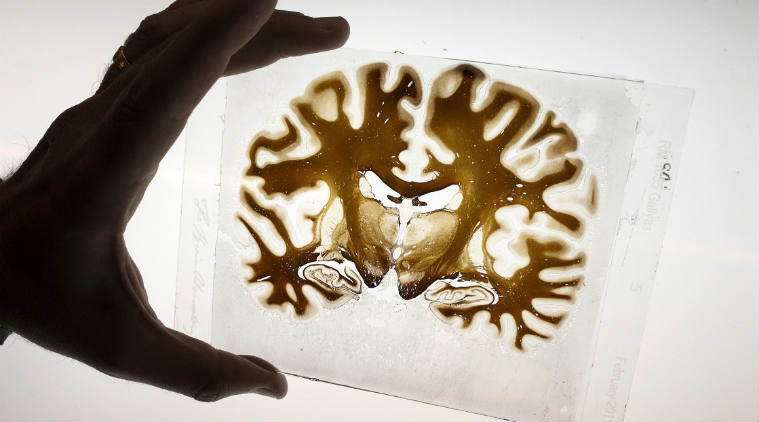Researchers Create An Atlas Of Developing Human Brain

A research team that includes one person of Indian origin, Aparna Bhaduri, has developed a chart of the developing human brain. The diagrams symbolize the networks and genetic expressions that add up to build the most complex of human organs outcomes. This might assist the researchers across the globe to understand the basis of neurodevelopmental disorders such as intellectual disability, autism and schizophrenia.
Earlier, the researchers analyzed the distinct designs of DNA activity in separate cells extracted from the tissue of the human brain. This technique simplified an extensive range of research of human brain development including linking a new neural stem cell class. Researchers also found how particular classes of stem cells and neurons in the developing brain promote the normal brain growth as well as neurodevelopmental disease. Now, they have started to create an open source, wide ranging chart of gene expression throughout the developing brain and hopes that this will work as a resource for other researchers. Tomasz Nowakowski of UCSF also stated that it is an effort to create an impartial interpretation of genes in each type of cell in the developing human brain so that the focus is on the cellular susceptibilities in patient relevant mutations.
Alex Pollen from UCSF also said that recognizing gene variants that have common risk elements for the psychiatric and neurological disorder is authoritative, but understanding precisely which types of cells in the developing brain are accepted are still confusing. He also said that a cell atlas can function as a bridge to assist and execute this with more flexibility. The study also analyzed gene expression in particular cells across timeframes and from diverse areas of the brain. The research team could now recognize the unknown differences of gene expression between the neural stem cells that stimulate deep structures of the brain against its neocortical surface.